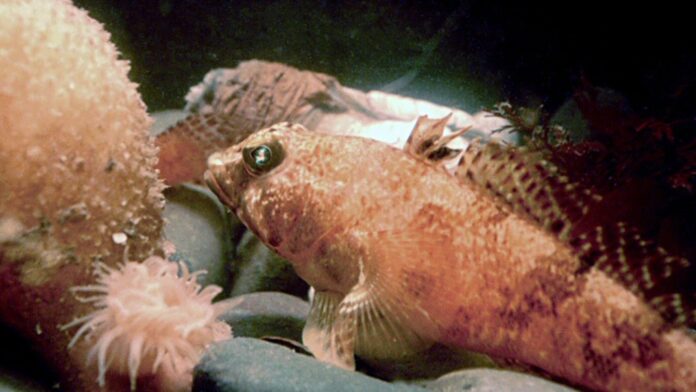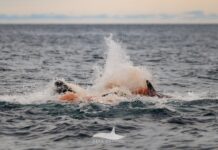A remarkable discovery in the Weddell Sea reveals that Antarctic fish construct intricate, geometrically arranged nests, highlighting the complexity and vulnerability of this icy ecosystem. Scientists documented over 1,000 nests belonging to yellowfin notothenioid fish, organized into distinct patterns, adding to the growing evidence supporting the need for greater protection of this region.
A Surprising Discovery in the Deep
Marine biologist Russ Connelly and his team, affiliated with the University of Essex, made the discovery while exploring a newly accessible area near the Larsen Ice Shelf in 2019. Using an underwater robot, they captured footage of the seafloor more than 350 meters below the surface. Initially puzzled by the structures they observed, the researchers eventually identified them as nests built by yellowfin notothenioid fish.
Geometric Nest Arrangements
The footage revealed a striking array of nests arranged in five recurring patterns:
- Clusters: Several nests grouped closely together.
- Crescents: Curved formations resembling half-moons.
- U-Shapes: Similar to the letter “U”.
- Lines: Nests arranged in a linear fashion.
- Ovals: Circular or elongated shapes.
Some nests were also found standing alone. This deliberate arrangement challenges the conventional understanding of fish nesting behavior, especially in such a harsh and remote environment.
Understanding the Function of Nest Patterns
Yellowfin rockcod (Lindbergichthys nudifrons) are well-adapted to the frigid Antarctic waters, though they differ from icefish—a unique group of fish that have developed antifreeze compounds in their blood. Connelly suspects that the differing nest patterns serve distinct purposes: smaller fish might prefer the protection offered by clustered nests, while larger, more capable fish might opt for the isolation of solitary nests. The grouping might provide a form of camouflage or confuse potential predators.
Unresolved Questions
While the discovery offers valuable insights, several questions remain:
- Is the clustering behavior solely for protection, or are there other factors at play?
- Could a single mating pair be responsible for multiple nests, using some as decoys?
- How many fish are utilizing these nests, and what is the overall scale of this nesting community?
Why This Matters
Thomas Desvignes, a fish biologist at the University of Alabama at Birmingham, emphasizes the significance of this discovery in the context of increasing pressure on Antarctic ecosystems. “A lot of Antarctic ecosystems are under pressure from different countries to be released for mining, fishing, and basically exploitation of the environment,” he notes. This latest finding underscores the need for robust conservation efforts and highlights the vulnerability of these unique habitats.
Connelly concludes that further exploration of the oceans is crucial for uncovering more such surprises and preventing the loss of undiscovered species. “We need to see what’s out there before species that we didn’t even know existed have been lost.” The discovery of these geometrically organized fish nests serves as a powerful reminder of the hidden complexities within our oceans and the urgent need to protect them.

























